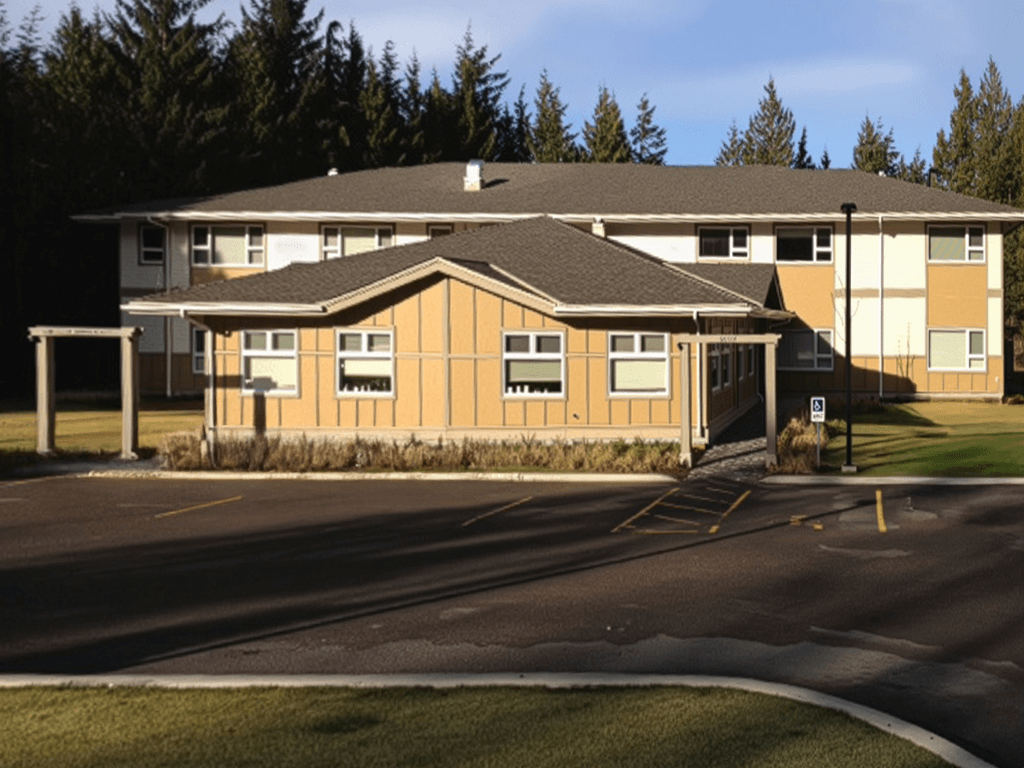About Us
Our Story
The North Coast Transition Society (NCTS) did not happen overnight. Over three decades of visioning and extremely hard work by dedicated board members, management and staff have shaped, created and molded the Society into its present-day organization. This did not happen alone internally but also with the support of the entire community of Prince Rupert and surrounding areas.

We started small—with one transition house and 15 staff. Today, we’ve grown to 80 staff and four buildings. We still hold onto our grassroots values, even as we’ve expanded our services and become more structured.
We began as a feminist organisation focused on women and children. Over time, we saw the need to support men too. That shift sparked important conversations, and we’re proud to now serve all people in our community while staying true to our roots
STAGE ONE: The Transition House
The Transition House opened in Prince Rupert in March of 1981, following more than three years of work by a local feminist group. Prince Rupert Options for Women became concerned about the issue of violence against women when they were approached in 1978 to act as advocates for a local woman assaulted by her husband.
An application was made to the Secretary of State for a grant to study the incidence of wife assault in the community; this study was carried out by Barbara Field, a student at the University of Victoria, and published in the fall of 1978.
As a result, Options for Women began canvassing local support. The group also began taking victims of family violence into their homes on referral from the RCMP and the local hospital. After one year of operating this “emergency shelter system”, it was found to be inadequate for several reasons and was discontinued.
In March of 1980, the Prince Rupert Transition House Society was founded. The Society approached the City of Prince Rupert for start-up funding, while continuing to press the Ministry of Human Resources for commitment to fund the operation of a transition house. Negotiations with the Ministry began in the summer of 1980 and continued through the fall, with the final granting of a conditional contract. The City of Prince Rupert agreed, in January 1981, to rent a house to the Society.
With a staff of four the Maude Bevan House opened its doors to support the women and the children in our region. Today, over 40 years later, the Ravens Keep Transition House is a fifteen bedroom with fifty beds safe emergency shelter open 24/7 for women and their children.
STAGE TWO: Programs and Services and Community Engagement
In February 2001, Prince Rupert Transition House officially changed its name to North Coast Transition Society.
Over the years, NCTS grew to provide support programs and services for women and their children. All of NCTS services are offered at no cost to users. This includes a 24/7 Help Line offered through the Transition House, Supportive Recovery Program, Sexual Abuse Intervention Program, Women’s Outreach Program, and Stopping the Violence Counselling Program.
STAGE THREE: Housing and Supporting Men
With the supports firmly in place for women, NCTS, in 2008, now takes a further step to expand services in the area of housing and supporting men. Without safe housing, it is extremely difficult for people to move forward in any respect. Community consultation has confirmed that there is a lack of support for men in need of programs and services and the demand is there.
In November of 2017, a tent city developed on City Hall lawn. With the support of BC Housing, the MLA, and City Hall, NCTS opened a homeless shelter on 3rd Avenue West. The idea was that this homeless shelter would be temporary given that Crow’s Nest Lodge (CNL) supportive housing was being built. Unbeknownst to all, the numbers of those needing shelter far exceed the capacity of CNL’s 36 units when it open in April 2019. The shelter remain opened on 3rd Avenue until a permanent solution was found, which became Crane’s Crossing (opened in October 2020 with 35 beds).
In addition, NCTS now offers Housing Outreach Program, Renters at Risk Program, Eagles Landing Apartments (eight units of transition housing for women and children), Family Counselling Program and a Sexual Assault Response Program. NCTS continues to expand on housing and shelter options: Grey Owl Retreat (eight units of seniors housing in Port Edward), and 46 at Crane’s Crossing Supportive Housing.
Here’s What We Offer Today
Supportive Housing
Two buildings that follow the “housing first” model, helping people move forward from homelessness.
Homeless Shelter
A 35-bed shelter.
Transition House with Recovery Program
A 15-bedroom space for women and their children to recover from addiction.
Senior’s Housing
Eight units in Port Edward.
Transitional Housing
For people moving toward independence.
Counselling and Support
Eight programs for women, men, youth, and families.
We’re proud of how far we’ve come—and we’re committed to keeping our work grounded in compassion, equity, and community care.
Support the North Coast Transition Society
We need your support! Here’s how you can help.
- Donate through CanadaHelps
About Our Colours
Our colours—purple, green, and white—each carry meaning.
Purple
Stands for dignity, justice, and women’s empowerment. It’s long been a symbol of the fight for gender equality.
Green
Represents hope, activism, and social justice.
White
Symbolizes peace and integrity.
These colours were used by early women’s rights groups and still reflect our values today.